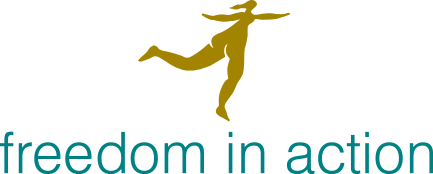Last time we talked about the quality of your attention and asked, “Have you ever noticed the 2 typical modes in the way we use our attention?” In the one mode, discussed last time, we tend to be heavily and exclusively focused on a particular task, often to the exclusion of all else. The other extreme is when we “mind wander”. Our attention is definitely not “on the job” and we are operating on auto-pilot. An example: You decide to swing by the shops on the way home to get some milk, but then find that you are pulling up at home having followed the usual (habitual) route and having not visited the shops. This exemplifies a sort of “absence” of self, you are not really in the “driver’s seat” but rather operating out of blind habit. This may work, as long as nothing out of the usual crops up, but it is not really conscious or awake.
This is often how we perform many habitual activities, eg how we sit at work, or in the car, or how we respond in a particular situation. It becomes completely automatic, and curiously, it has a corresponding physical correlate. Your body becomes “heavy”, “dead”, un-responsive. (Again, this scenario, repeated day in and day out for years has an effect on the postures that become fixed into our way of being as we age).
Rather than this lack of focus, we want to cultivate a light, active, diffuse field of attention which is more inclusive (of our environment as well as ourselves), in which we are interested in information around us. This allows us to be more present in ourselves as well as in what we are engaged in. Eg Rather than either your field of awareness shrinking to the size of the screen in front of you, or else just drifting on auto-pilot, take an active but non-doing interest in the space around you, and the physical contact you are making with the chair. You can cultivate this much more useful, responsive and awake quality of attention.




Recent Comments